
Ithaca College is a private college in Ithaca, New York. It was founded by William Egbert in 1892 as a conservatory of music. Ithaca College is known for the Roy H. Park School of Communications. The college has a liberal arts focus, and offers several pre-professional programs, along with some graduate programs.

Washington University in St. Louis (WashU) is a private research university in St. Louis, Missouri, United States. Founded in 1853, the university is named after George Washington, the first president of the United States.

Stetson University is a private institution located in Central Florida, along the I–4 corridor. Established in 1883 as DeLand Academy, it was later renamed John B. Stetson University in honor of a generous donor. The university's main campus in DeLand spans 175 acres and boasts Florida's oldest collection of education-related buildings, including DeLand Hall, the state's longest-standing building used for higher education.
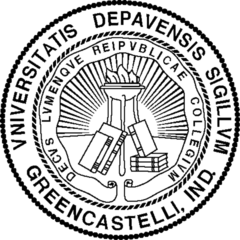
DePauw University is a private liberal arts college in Greencastle, Indiana. It was founded in 1837 as Indiana Asbury University and changed its name to DePauw University in 1884. DePauw is a member of both the Great Lakes Colleges Association and the North Coast Athletic Conference.

Wake Forest University (WFU) is a private research university in Winston-Salem, North Carolina, United States. Founded in 1834, the university received its name from its original location in Wake Forest, north of Raleigh, North Carolina. The Reynolda Campus, the university's main campus, has been located north of downtown Winston-Salem since the university moved there in 1956.

Wesleyan University is a private liberal arts university in Middletown, Connecticut, United States. It was founded in 1831 as a men's college under the Methodist Episcopal Church and with the support of prominent residents of Middletown. It is currently a secular institution.
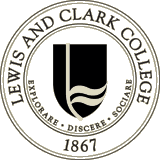
Lewis & Clark College is a private liberal arts college in Portland, Oregon. Originally chartered in 1867 as the Albany Collegiate Institute in Albany, Oregon, the college was relocated to Portland in 1938 and in 1942 adopted the name Lewis & Clark College after the Lewis and Clark Expedition. It has three campuses: an undergraduate College of Arts and Sciences, a School of Law, and a Graduate School of Education and Counseling.
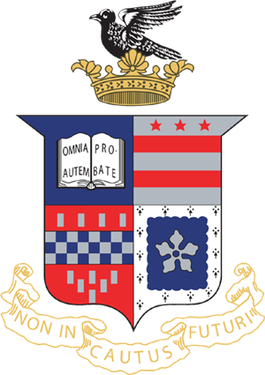
Washington and Lee University is a private liberal arts college in Lexington, Virginia. Established in 1749 as Augusta Academy, it is among the oldest institutions of higher learning in the United States.

Grand Valley State University is a public university in Allendale, Michigan. It was established in 1960 as Grand Valley State College. Its main campus is situated on 1,322 acres (5.35 km2) approximately 12 miles (19 km) west of Grand Rapids. The university also features campuses in Grand Rapids and Holland and regional centers in Battle Creek, Detroit, Muskegon, and Traverse City.
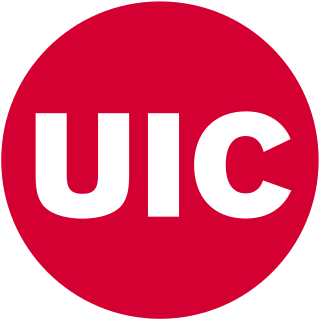
The University of Illinois Chicago (UIC) is a public research university in Chicago, Illinois, United States. Its campus is in the Near West Side community area, adjacent to the Chicago Loop. The second campus established under the University of Illinois system, UIC is also the largest university in the Chicago metropolitan area, having more than 33,000 students enrolled in 16 colleges. It is classified among "R1: Doctoral Universities – Very high research activity."

The University of Maine (UMaine) is a public land-grant research university in Orono, Maine. It was established in 1865 as the land-grant college of Maine and is the flagship university of the University of Maine System. It is classified among "R1: Doctoral Universities – Very high research activity".

Linfield University is a private liberal arts college with campuses in McMinnville, and Portland, Oregon. Linfield Wildcats athletics participate in the NCAA Division III Northwest Conference. Linfield reported a total of 1,755 students after the fall 2022 census date. The institution officially changed its name from Linfield College to Linfield University, effective July 1, 2020.

Trinity College is a private liberal arts college in Hartford, Connecticut, United States. Founded as Washington College in 1823, it is the second-oldest college in the state of Connecticut. Coeducational since 1969, the college enrolls 2,235 students. Trinity offers 41 majors and 28 interdisciplinary minors. The college is a member of the New England Small College Athletic Conference (NESCAC).
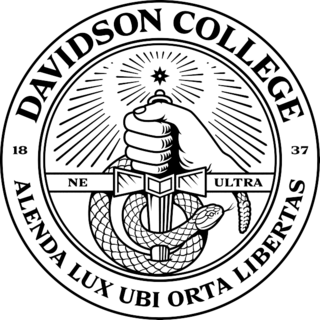
Davidson College is a private liberal arts college in Davidson, North Carolina. It was established in 1837 by the Concord Presbytery and named after Revolutionary War general William Lee Davidson, who was killed at the nearby Battle of Cowan's Ford.
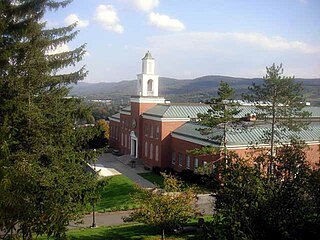
Hartwick College is a private liberal arts college in Oneonta, New York. The institution's origin is rooted in the founding of Hartwick Seminary in 1797 through the will of John Christopher Hartwick. In 1927, the Seminary moved to expand into a four-year college and was offered land by the city of Oneonta to move to its current location. The college has 1,161 undergraduate students from 30 states and 22 countries, 187 faculty members, and a student-faculty ratio of 11:1.
Eugene Lang College of Liberal Arts, commonly referred to as Lang, is the seminar-style, undergraduate, liberal arts college of The New School. It is located on-campus in Greenwich Village in New York City on West 11th Street off 6th Avenue.

The University of Richmond is a private liberal arts college in Richmond, Virginia, United States. It is a primarily undergraduate, residential institution with approximately 3,900 undergraduate and graduate students in five schools: the School of Arts and Sciences; the E. Claiborne Robins School of Business; the Jepson School of Leadership Studies; the University of Richmond School of Law; and the School of Professional & Continuing Studies. It is classified among "Baccalaureate Colleges: Arts & Sciences Focus".

Beloit College is a private liberal arts college in Beloit, Wisconsin. Founded in 1846, when Wisconsin was still a territory, it is the state's oldest continuously operated college. It has an enrollment of roughly 1,000 undergraduate students.
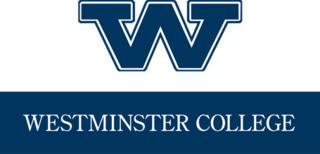
Westminster College is a private, liberal arts college in New Wilmington, Pennsylvania. Founded in 1852, it is affiliated with the Presbyterian Church (USA). The student population is approximately 1,307 undergraduate and graduate students.
The College of the University of Chicago is the university's sole undergraduate institution and one of its oldest components, emerging contemporaneously with the university's Hyde Park campus in 1892. Instruction is provided by faculty from across all graduate divisions and schools for its 6,801 students, but the College retains a select group of young, proprietary scholars who teach its core curriculum offerings. Unlike many major American research universities, the College is small in comparison to the University's graduate divisions, with graduate students outnumbering undergraduates at a 2:1 ratio. The College is most notable for its core curriculum pioneered by Robert Maynard Hutchins, which remains among the most expansive of highly ranked American colleges, as well as its emphasis on preparing students for continued graduate study. 85% of graduates go onto graduate study within 5 years of graduation, higher than any other university, and 15–20% go on to receive PhDs.





















